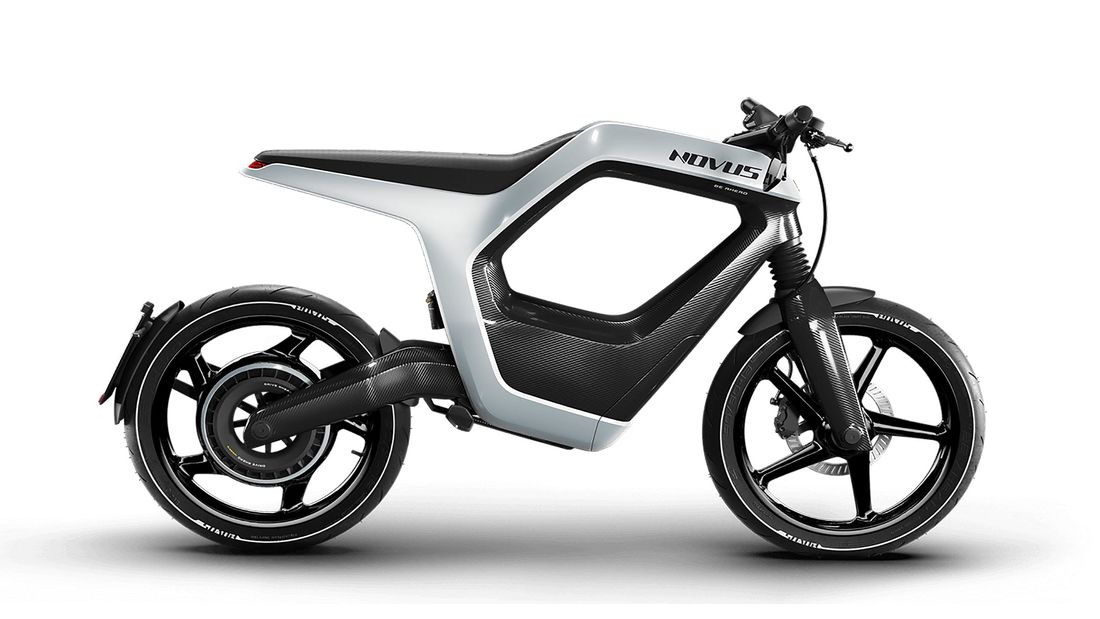California utility wants to build solar panels over canals
In order to cushion the greatest risks of imminent climate change, the energy transition has been gaining momentum for several years. In 2020, we sourced almost half of our electricity from Germany from renewable energies, the proportion is likely to continue to rise rapidly in the coming years. Nevertheless, wind turbines and solar parks require large areas that are not available everywhere. Therefore, innovative ideas are needed on how to include existing infrastructure in the expansion.
One such innovative idea comes from California. A supply company there would soon like to build over a canal with solar panels and in this way solve two major problems at the same time. Because of the milder temperatures and the sunny weather in the state, many channels are in danger of drying out one day. However, if these are built over with solar panels, uncontrolled evaporation can be avoided.
Once covered with panels, the water evaporates from the channel, collects on the underside of the solar panels, condenses and falls down again. The cooling effect on the panels brings with it another advantage: efficiency increases because less energy is released into the environment through waste heat. If you look at the sewer system in California, the project has potential.
Channels with a total length of 6,437 kilometers flow through the state, transporting water from the Sierra Nevada mountains inland. Overbuilding these waterways with panels could save an estimated 238.5 billion liters of water per year. That is about as much as is needed for 50,000 acres of farmland or to ensure the sustenance of 2 million people.
The power harvested by the solar arrays would be about 13 gigawatts, one-sixth of the state’s consumption. An interesting and sustainable solution. In order for the numbers to really come true, however, we start small and equip two segments of a channel with the technology. This will supply around 100,000 households with electricity.
Construction is scheduled to begin in the fall and be completed by 2024 at the latest. Until then, you can also think about it at the political level. Because the water saved in this way does not contribute to solving an even bigger problem: the water consumption of Californians. Because of the cultivation of almonds and other fruits, consumption should not be underestimated.
Via gizmodo



